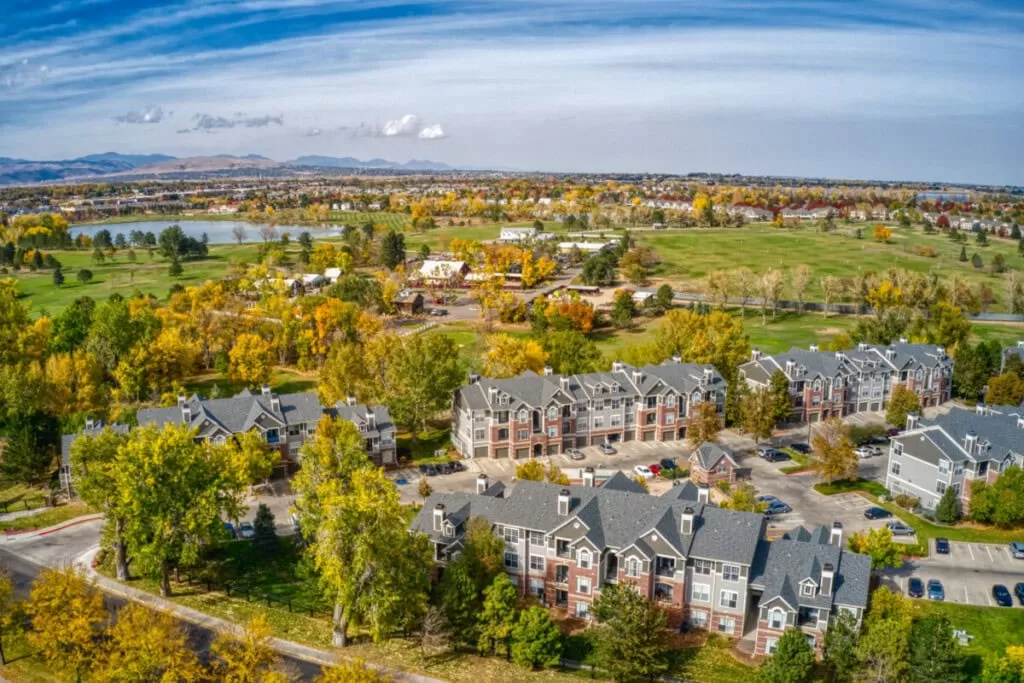Planned unit developments, or PUDs, are becoming increasingly popular in the world of real estate. These unique communities may look like traditional houses or townhomes, but they offer a different type of ownership and lifestyle. If you’re considering buying a PUD, it’s important to understand what it is and what sets it apart from other types of properties.
So, what exactly is a Planned Unit Development? In simple terms, a PUD is a type of housing development that combines different types of residential units, such as single-family homes, townhomes, and condos, into one community. This means that while each unit may have its own unique design and features, they are all part of a larger development with shared amenities and common areas.
One of the main differences between a PUD and other types of housing is the ownership structure. In a PUD, homeowners own both the unit and the land it sits on. This is different from a condo, where homeowners only own the interior of their unit and share ownership of the land and common areas with other residents. This type of ownership structure can be appealing to buyers who want more control over their property and the ability to make changes or improvements without seeking approval from a homeowners’ association.
Another key feature of PUDs is the presence of shared amenities and common areas. These can include things like parks, playgrounds, pools, and community centers. In some cases, PUDs may also have services such as lawn maintenance or snow removal included in the HOA fees. These shared amenities can be a major selling point for buyers who want access to these features without the responsibility of maintaining them on their own.
One of the biggest advantages of buying a PUD is the sense of community that comes with it. Unlike traditional neighborhoods where residents may only interact with their immediate neighbors, PUDs offer a more social atmosphere. With shared amenities and common areas, residents have the opportunity to get to know their neighbors and build relationships. This can be especially appealing for families with children, as PUDs often have designated play areas and organized activities for kids.
When it comes to financing a PUD, buyers should be aware that it may be treated differently than other types of properties. Since PUDs have a mix of different housing types, lenders may view them as a higher risk and require a larger down payment or higher interest rate. It’s important to discuss financing options with your lender before making an offer on a PUD.
As with any type of property, there are also some potential drawbacks to consider when buying a PUD. One of the main concerns is the homeowners’ association (HOA) fees. These fees can vary greatly depending on the amenities and services offered, and they can also increase over time. It’s important to carefully review the HOA rules and regulations before buying a PUD to ensure they align with your lifestyle and budget.
Additionally, since PUDs are typically governed by an HOA, there may be restrictions on things like exterior changes, parking, and noise levels. It’s important to understand these restrictions and how they may impact your living experience before making a purchase.
In conclusion, Planned Unit Developments offer a unique living experience that combines the benefits of single-family homes with the convenience of condo living. With shared amenities, a strong sense of community, and the ability to own both the unit and land, PUDs can be an attractive option for buyers. However, it’s important to carefully consider the potential drawbacks and understand the HOA fees and rules before making a decision. With the right research and guidance from a trusted real estate agent, you can find the perfect PUD that meets your needs and fits your lifestyle.

